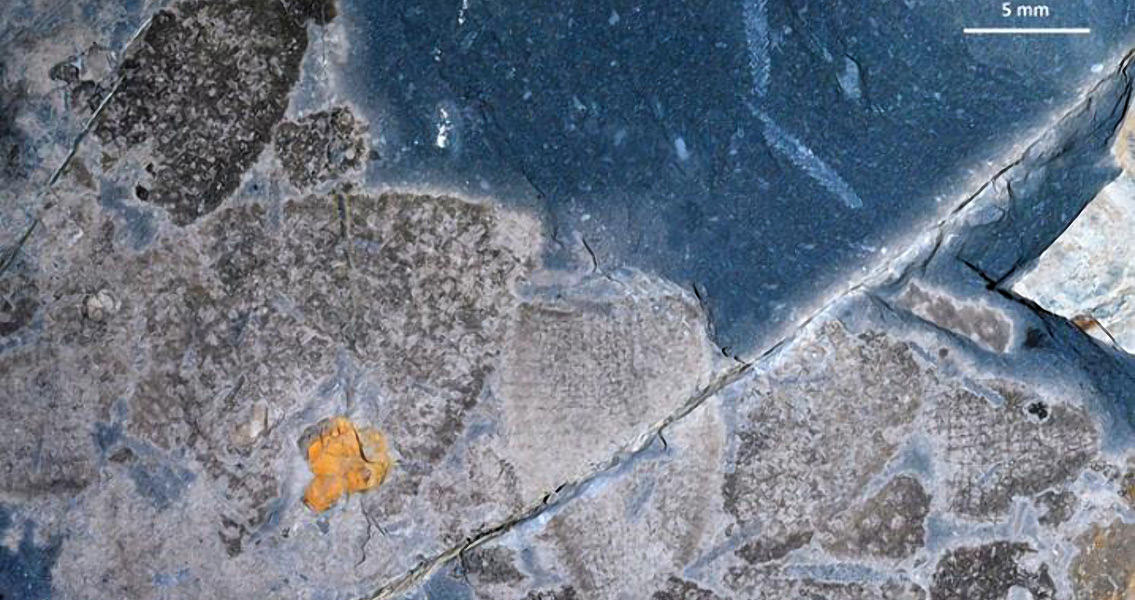<![CDATA[An international team of scientists have discovered evidence that an extinction-level-event occurring 445 million years ago and resulting in 85% of species dying paved the way for ancient sponges to flourish. Researchers from the National Museum Wales and several Chinese institutions such as the Chinese Academy of Sciences and the Nanjing Institute of Geology and Paleontology have published a new research study delineating their analysis of a newly-discovered fossil. The fossil fauna, known as the “Anji Biota”, dates from directly after the Ordovician mass extinction that occurred 445 million years in the past. It was discovered in China’s Zhejiang Province in a narrow mudstone band in the region’s bamboo forests. The Anji Biota holds a highly diverse record of preserved soft tissues and delicate skeletons, with almost 100 identifiable species held within its confines. However, the shocking news is that these diverse species are composed almost exclusively of different types of sponges. The range of sponge species found within is nothing short of “astonishing”, according to a press release from the Chinese Academy of Sciences, which pointed out that the representatives of different sponge species contained within the fossil were more numerous than equivalent modern fauna diversity levels. The difference is telling – the majority of survivor species comprising post-extinction ecosystems are stunted and small, yet the Anji sponge fauna are complex, large and range from extremely localized and rare to those that typically form on the sea floor. The reason is clear; researchers say the sponges were flourishing instead of simply surviving. As extensive as the fossil record is when it comes to sponges, these fauna were not the only life that inhabited the sea floor. Researchers found an isolated sea scorpion fossil – complete with legs – and a handful of conical-shelled nautiloids. The sea scorpion in itself is a noteworthy find, as they were a highly rare group during the Ordovician; hardly any specimens are found in such well-preserved fossils. Joe Botting, the research paper’s lead researcher, explained the primacy of sponges in the post-extinction world of ancient Earth, describing how the research team believes they thrived due to their ability to tolerate low levels of oxygen and fluctuations in temperature. Meanwhile, organic particulates in the oceans, the primary food source for sponges, would have become much more prevalent with the mass die-off of higher order species occurring all around them, Botting added. Today, sponges are most well known as “engineers” of ecosystems, as their role in providing habitats and stabilizing sediment encourages biodiversity. The case 445 million years in the past may have had sponges playing a similar role, helping the ecosystem to recover after the intense shock of the mass die-off event. Mass sponge proliferation has also been recorded in the fossil record after other extinction-level events as well, which suggests this pattern may be a common one. The end-Ordovician crisis is thought to have been caused by a combination of an intense ice age with a sudden onset followed closely by rapid climate change in the opposite direction that corresponded to changes in the chemistry and circulation of the world’s oceans. The research study, published recently in the journal Current Biology, is available here Image courtesy of Botting, J. P]]>
Extinction-Level-Event Paved Way for Sponges, Scientists Discover
